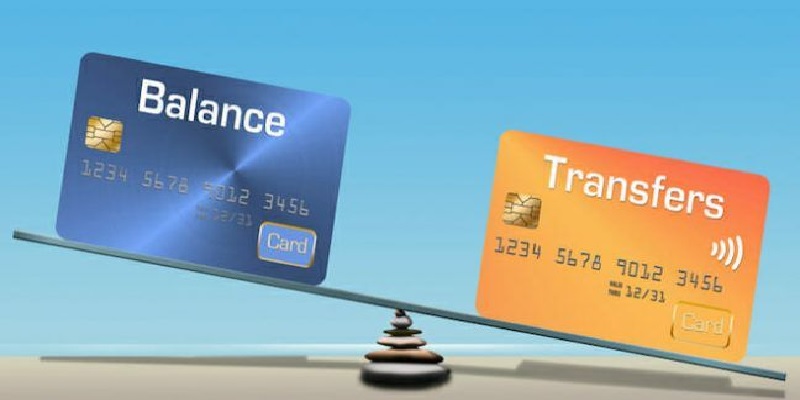 On average, Experian states that Americans have a collective credit card debt minimum of $830 billion by mid 2019. If you or anyone you know is included in this average, consider transferring your credit card balance. This makes it easier to pay off any debt you have much quicker.
On average, Experian states that Americans have a collective credit card debt minimum of $830 billion by mid 2019. If you or anyone you know is included in this average, consider transferring your credit card balance. This makes it easier to pay off any debt you have much quicker.
Read below for more information on how to transfer your balance and what it will do for you.
 |
 |
How Transferring Your Balance Helps You
First of all, a balance transfer happens when you move your funds of at least one card towards another card that has a lower APR (Annual Percentage Rate). Any amount of money you save on interest can be used for your original balance. Since debt can be difficult to deal with, it would be a good idea to transfer your balance funds to another credit card.
When you make a balance transfer, it will give you some space on the interest you would normally pay on the principal. However, as with many other financial products and services, there are some terms, conditions, and risks you must consider before doing so. Furthermore, transferring your balance to a different card can have some drawbacks for you. Most credit cards don’t offer an indefinite 0% APR and switch to a variable APR after a year. Plus, the APR can be higher than what you’re used to paying for a card.
Does It Affect Your Credit Score?
Normally, balance transfers can affect your credit score in some sort of way. However, actually transferring your balance to another credit card doesn’t do anything to your score at all. But, there are other things that can affect your credit score like opening a new credit card. Since doing this will consolidate your debt, it won’t matter if your credit score is good-excellent to pay it off quicker.
Typically, balance transfers will help your debt so you can pay it off with a lower interest rate and much faster. Depending on the amount of accounts you have open will make your credit score vary. When you keep your old account open while you open a new account with the same amount of debt, you’d be building your utilization.
How to Make a Balance Transfer
When making a balance transfer, it’s a pretty transparent process that needs patience and planning. First, you must look at your overall financial standing to see if it would be helpful to make a balance transfer. This works by having you get out of high interest rate credit cards. It will lower rates or 0% introductory APRs for a certain amount of time. You would also benefit if you fall into one of these categories:
- Paying high interest rates
- Considering debt consolidation
- Want a secured credit card
- Interested in paying off debt faster
- Want a higher credit score for the long run
Next, you must pick a balance transfer card. To find the right card to move your funds to, think about:
- What introductory offer does it have and how long does it last?
- What’s the APR after the welcome offer is gone?
- Do you have to pay any balance transfer fees?
- What’s the credit limit?
After, you’ll be able to make a balance transfer after you fill out all of the necessary information. Then, you must let the company know: what card you want to pay off, your account number, whole amount you want to transfer. Once you’ve done all of that, you must be approved for the credit card that you’ve picked out. Normally, card issuers will look at your credit score and will expect it to be 670 or more. However, keep an eye out for specific exceptions that some card issuers might have.
Conclusion
Overall, it’s a good idea to make a balance transfer if you want a secured credit card and paying off your debt at a faster rate. There are several requirements you must meet before being approved for another credit card. Generally, it’s pretty easy to make a balance transfer once you understand how to do it, and what you need to do it. However, keep in mind that transferring your balance isn’t always the best choice for everyone.



